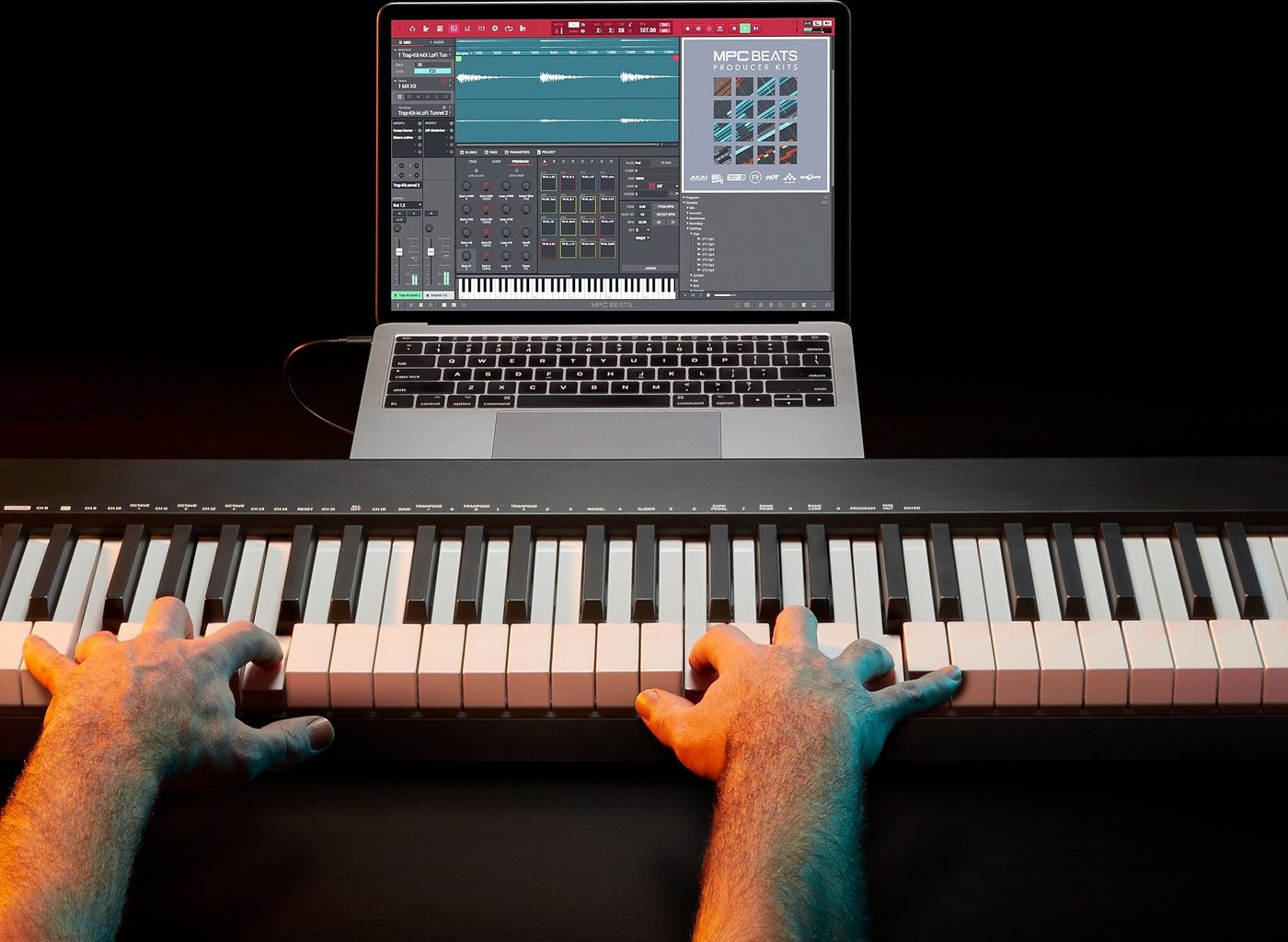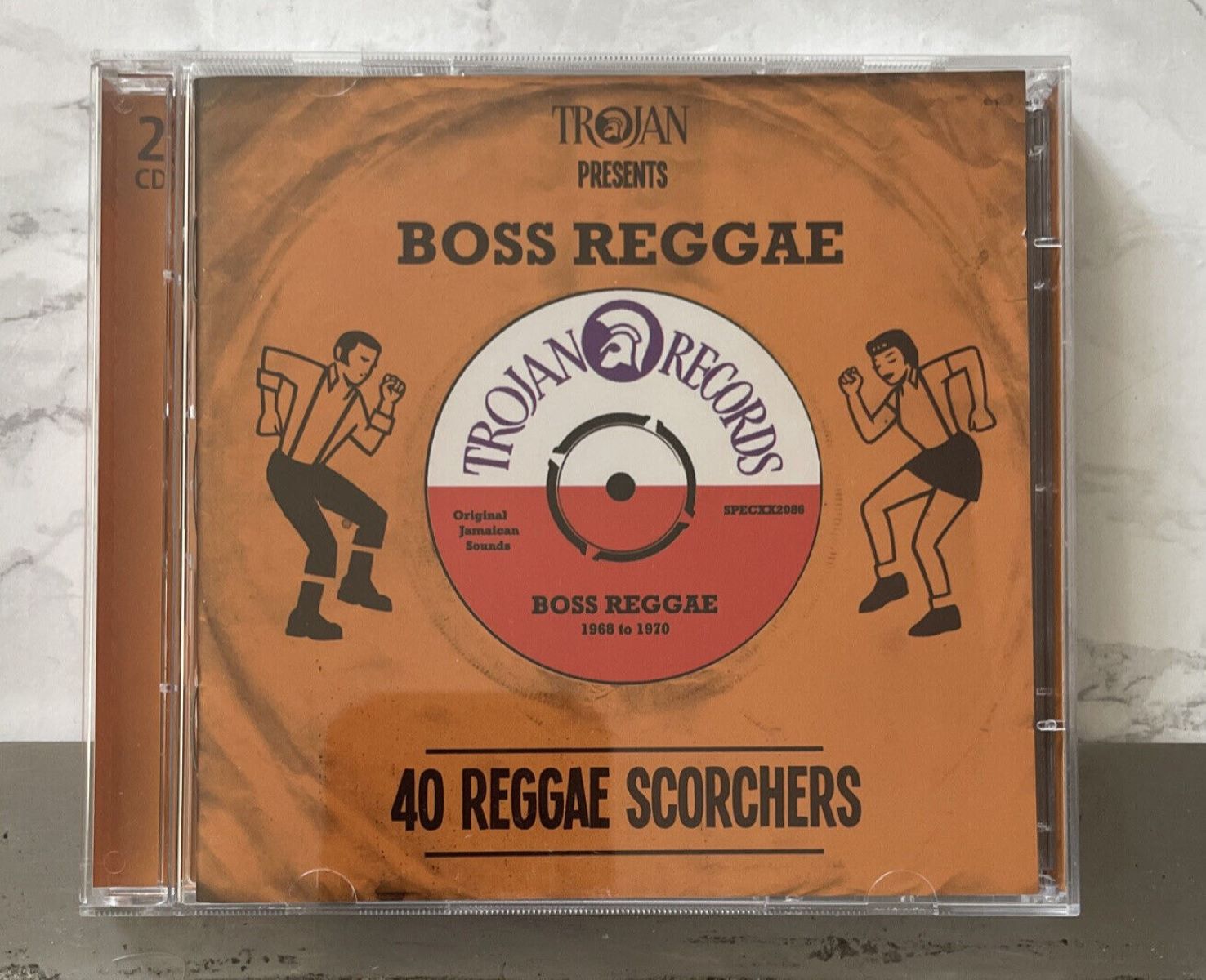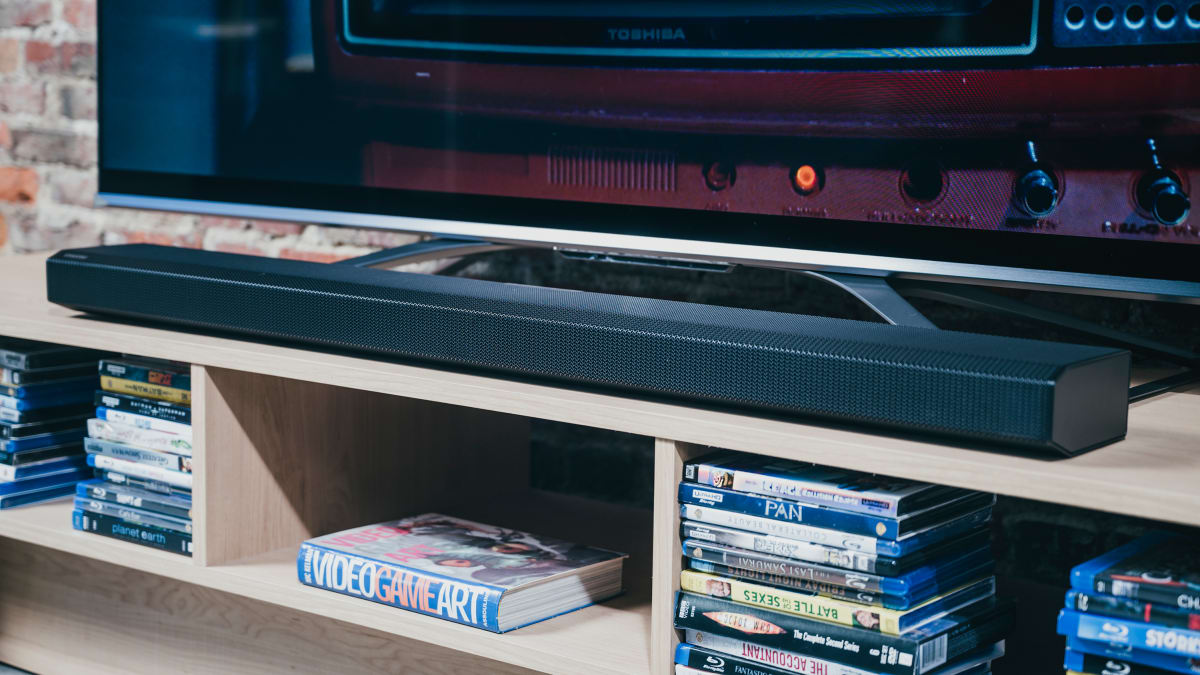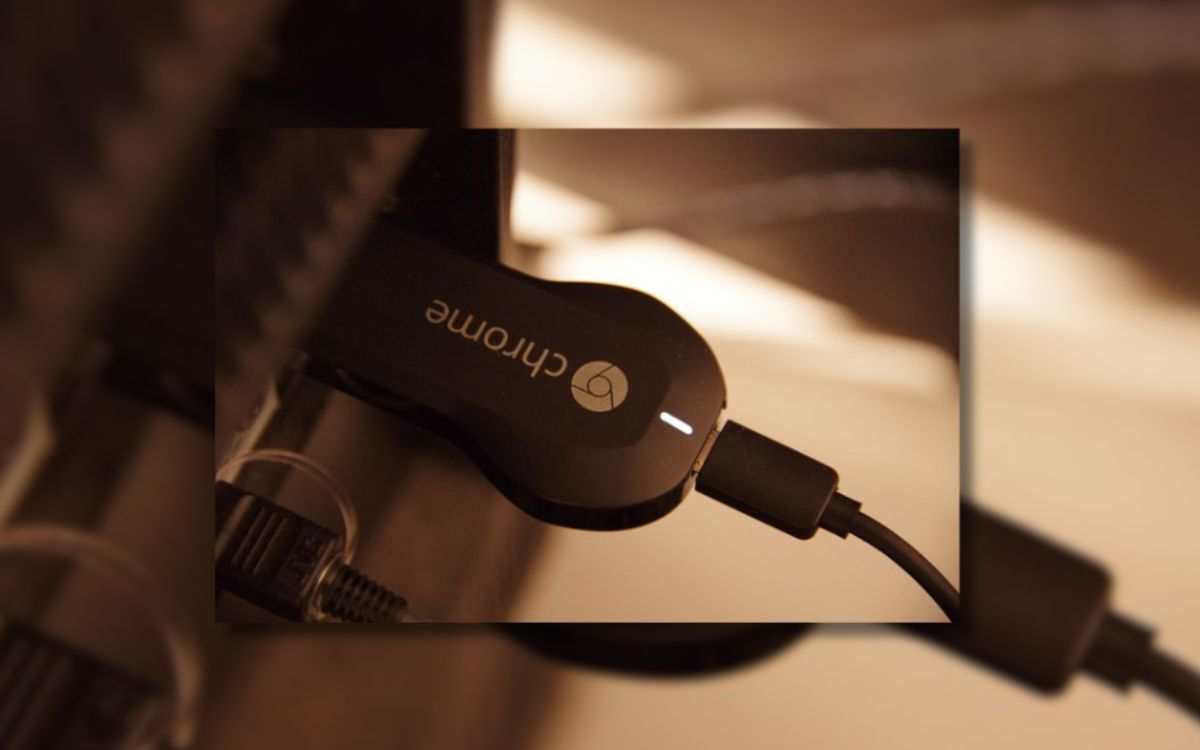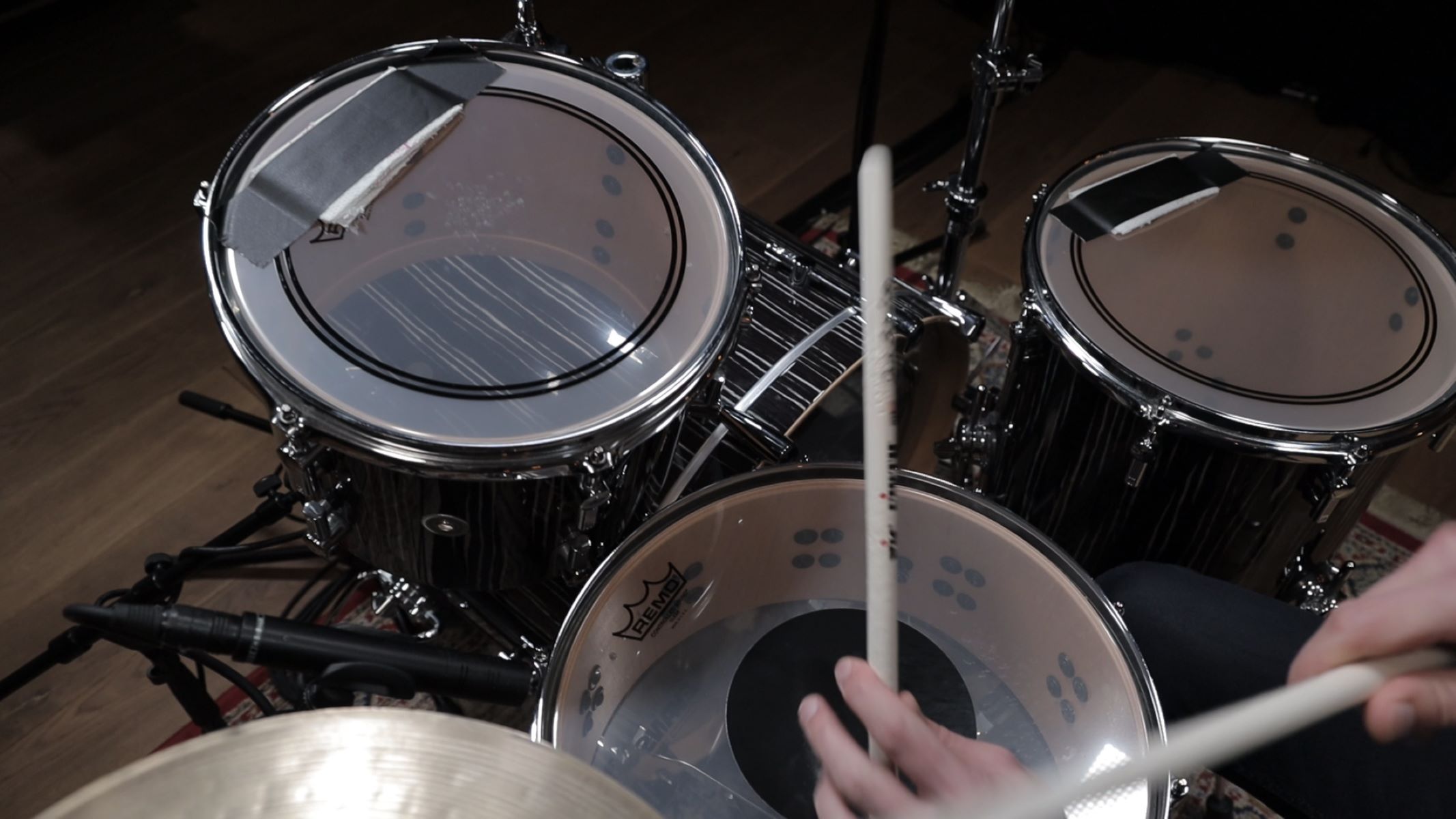

Reggae
How To Get Reggae Snare Sound
Modified: January 22, 2024
Learn how to achieve the iconic reggae snare sound with our step-by-step guide. Discover the secrets to capturing the authentic rhythm and groove of this beloved genre.
(Many of the links in this article redirect to a specific reviewed product. Your purchase of these products through affiliate links helps to generate commission for AudioLover.com, at no extra cost. Learn more)
Table of Contents
Introduction
Reggae music is known for its distinctive sound, characterized by its infectious rhythms, soulful vocals, and the iconic reggae snare sound. The reggae snare sound plays a crucial role in setting the groove and driving the music forward. It is a key element that gives reggae its signature bounce and groove, making it instantly recognizable.
Whether you’re a drummer, a producer, or simply a reggae music enthusiast, understanding how to achieve that authentic reggae snare sound is essential. In this article, we will explore the techniques, equipment, and methods necessary to capture the essence of the reggae snare sound.
From the early pioneers of reggae like Bob Marley and The Wailers to modern-day artists like Chronixx and Protoje, the reggae snare sound has remained consistent and integral to the genre’s identity. It is a sound that embodies the spirit of Jamaica and reflects the rich cultural heritage of reggae music.
Whether you’re aiming to recreate the classic reggae sound or add a touch of reggae flavor to your own musical productions, understanding the techniques behind the reggae snare sound will take your music to the next level.
In the following sections, we will delve into the various aspects of achieving the perfect reggae snare sound, including the equipment needed, tuning techniques, selecting the right drum, and playing techniques. We will also touch upon the important aspects of mixing and recording to bring out the best in your reggae snare sound.
So, if you’re ready to dive into the world of reggae drumming and capture that iconic snare sound, let’s get started!
What is a Reggae Snare Sound?
The reggae snare sound refers to the specific tonal quality and characteristics of the snare drum that is commonly used in reggae music. It is a sound that is unique to the genre and instantly recognizable to reggae enthusiasts.
One of the key elements that contribute to the reggae snare sound is its tight and crisp attack. The snare drum in reggae music is often tuned high, resulting in a snappy and piercing sound that cuts through the mix. This sharpness in the snare drum tone provides the rhythmic foundation for the reggae groove.
Additionally, the reggae snare sound is characterized by its short decay and minimal resonance. Unlike other genres where a longer sustain is desired, reggae music requires a drier and more focused snare sound. This allows for a tight and precise rhythm that complements the syncopated bass lines and off-beat guitar skanks typical of reggae music.
Another crucial aspect of the reggae snare sound is the placement of the snare hits within the rhythm. In reggae, the snare drum generally falls on the third beat of each measure, accentuating the off-beat rhythm and giving the music its infectious groove. This rhythmic pattern, commonly referred to as the “one drop,” is a defining characteristic of reggae music.
Overall, the reggae snare sound plays an essential role in setting the foundation and driving the rhythmic energy of reggae music. It adds a distinct flavor and character to the music, creating a lively and infectious atmosphere that is synonymous with the reggae genre.
In the following sections, we will explore the techniques and equipment needed to achieve the reggae snare sound, including tuning your snare drum, selecting the right drum and snare head, adjusting the snare wires, and refining your playing technique. We will also touch upon important mixing and recording tips to help you capture the perfect reggae snare sound in your own productions.
Importance of the Reggae Snare Sound
The reggae snare sound plays a crucial role in the overall sonic landscape of reggae music. It is not just a background element, but rather a driving force that sets the groove and defines the rhythmic feel of the genre. Here are a few reasons why the reggae snare sound is so important:
- Rhythmic Foundation: The reggae snare drum acts as the backbone of the rhythm section. It provides a clear and concise pulse that keeps the music grounded and allows other instruments to lock in and play off of it. The snare’s tight attack and precise placement on the third beat create a solid foundation for the music to groove.
- Accentuating the Off-Beat: Reggae music is known for its distinctive off-beat rhythm, where the emphasis falls on the second and fourth beats of each measure. The reggae snare sound plays a vital role in accentuating this off-beat feel, creating a syncopated and bouncy groove that is synonymous with the genre.
- Driving Energy: The snare drum’s sharp attack and short decay infuse the music with a vibrant and energetic quality. It propels the rhythm forward and adds a sense of urgency and movement to the music. The reggae snare sound contributes to the infectious and lively nature of reggae music, making it impossible to resist dancing along.
- Distinctive Character: The reggae snare sound has a unique tonal quality that sets it apart from snare sounds in other genres. Its tightness, short decay, and precise placement give it a distinct character and identity. When listeners hear that recognizable reggae snare sound, they immediately know they are listening to reggae music.
- Cultural Significance: Reggae music has a rich cultural heritage and is deeply rooted in the history and traditions of Jamaica. The reggae snare sound is a symbol of this cultural significance, and its presence in a track or live performance helps connect the music to its Jamaican roots and the broader reggae community.
Understanding the importance of the reggae snare sound allows musicians and producers to appreciate its role and significance in creating an authentic reggae experience. By mastering the techniques and equipment needed to achieve the reggae snare sound, artists can fully capture the essence and spirit of the genre in their own music.
In the following sections, we will explore in detail the equipment required, tuning techniques, and playing techniques to help you achieve that iconic reggae snare sound. Additionally, we will touch upon mixing and recording tips to ensure that the reggae snare sound stands out in your productions.
Equipment Needed
To achieve the desired reggae snare sound, you will need the right equipment. Here is a breakdown of the essential gear you will need:
- Snare Drum: The snare drum is the centerpiece of the drum kit and the key component for creating the reggae snare sound. Look for a snare drum that produces a bright and crisp tone. Maple or birch shells are commonly preferred for their warmth and projection.
- Snare Head: Choosing the right snare head is crucial. Opt for a coated head to mellow out any excessive brightness and provide a warmer tone. The thickness of the head will affect the overall sound, with thinner heads producing more sensitivity and articulation, while thicker heads deliver more power and durability.
- Snare Wires: The snare wires, also known as snare strands or snappy snare, play a significant role in shaping the snare sound. Choose snare wires that provide a balanced response, offering a combination of sensitivity and crispness. Experiment with different gauge options to find the one that best suits your desired sound.
- Tuning Key: A tuning key is a must-have tool for tuning your snare drum. This allows you to adjust the tension of the drumheads and fine-tune the pitch of the snare drum. Make sure to have a reliable tuning key in your drumming toolkit.
- Dampening Tools: Reggae snare drums often require a drier and more focused sound. Various dampening tools such as moon gel, gaffer’s tape, or a dedicated dampening system can be used to control the amount of resonance and sustain, allowing you to shape the snare sound to your preference.
- Microphones and Audio Interface: If you plan on recording the reggae snare sound, you will need quality microphones and an audio interface. Dynamic microphones like the Shure SM57 or condenser microphones such as the Audio-Technica AT2020 are popular choices for capturing the detailed nuances of the snare drum.
Remember, the sound you achieve with your reggae snare will be influenced by both the quality of your equipment and how you utilize it. Experiment with different combinations of drum, head, wires, and dampening tools to find the perfect balance that yields the desired reggae snare sound.
In the following sections, we will explore the tuning techniques, drum selection, snare head choices, and snare wire adjustments to help you fine-tune your equipment for that authentic reggae snare sound. Stay tuned!
Tuning Your Snare Drum
Tuning your snare drum is a crucial step in achieving the desired reggae snare sound. Proper tuning allows you to optimize the tone, response, and overall character of the drum. Here are some steps to help you tune your snare drum for that perfect reggae snare sound:
- Start with Even Tension: Begin by loosening all the tension rods on the snare drum head. This will reset the drum and allow you to start the tuning process from a neutral position.
- Tune the Top Head: Start by tightening the tension rods on the top head of the snare drum in a cross-pattern. Use a drum key to increase the tension on each rod gradually. Tap the drumhead near each tension rod and listen for an even pitch across the drum. Adjust the tension of individual rods as needed to achieve a balanced and consistent tone.
- Aim for a Higher Pitch: For reggae music, it is common to tune the snare drum to a higher pitch. This helps to achieve that crisp and snappy attack that is essential for the reggae snare sound. Experiment with different tensions to find the pitch that works best for your desired sound.
- Tune the Bottom Head: Once you are satisfied with the pitch and tension of the top head, move on to the bottom head. Use the same cross-pattern tuning technique, gradually increasing the tension of each rod. The bottom head helps to shape the snare drum’s overall tone and response.
- Strainer Adjustment: The snare strainer, located on the snare drum’s throw-off mechanism, allows you to engage or disengage the snare wires. Adjust the strainer to find the right amount of snare wire contact with the bottom head of the drum. This will affect the sensitivity and snare response of the drum.
- Finer Adjustments: Once you have tuned both heads and adjusted the snare strainer, play the snare drum at various dynamics to assess the overall sound. Make small adjustments to the tension rods as necessary to achieve the desired reggae snare sound. Fine-tuning is an iterative process, so take your time and trust your ears.
Remember, the tuning process is subjective, and personal preference plays a significant role. Trust your ears and experiment with different tensions until you find the sweet spot that produces the desired reggae snare sound. It may take some trial and error to achieve the perfect balance, but the end result will be well worth the effort.
In the next sections, we will explore other elements, such as choosing the right snare drum and selecting the appropriate snare head, to help you further enhance the reggae snare sound. Keep reading!
Choosing the Right Snare Drum
When it comes to achieving the perfect reggae snare sound, choosing the right snare drum is of utmost importance. The snare drum is the heartbeat of the rhythm section, and finding the right drum will greatly influence the overall tone and character of your reggae sound. Here are some factors to consider when selecting a snare drum for reggae music:
- Shell Material: The shell material plays a significant role in determining the tonal quality of the snare drum. Maple and birch are popular choices for reggae drumming due to their warm and resonant qualities. Both materials provide a balance of tone and projection, complementing the punchy and tight reggae snare sound.
- Size: Snare drums come in various sizes, and each size offers distinct sonic characteristics. For reggae music, a standard 14-inch diameter is the most common choice, providing a versatile range of tones. However, you can experiment with larger or smaller sizes to achieve different tonal qualities. Keep in mind that larger snare drums tend to have more depth and volume, while smaller snare drums are often more focused and articulate.
- Depth: The depth of the snare drum can influence its tone and versatility. For reggae music, consider a snare drum with a medium to deep shell depth. These drums tend to provide a balanced blend of warmth and attack, essential for achieving the desired reggae snare sound.
- Snare Bed: The snare bed is a groove on the bottom side of the snare drum shell. It allows the snare wires to sit flush against the bottom head and helps to maximize snare response and sensitivity. Look for a snare drum with well-defined and properly cut snare beds to ensure optimal wire contact and response.
- Brand and Quality: Choosing a reputable brand known for producing high-quality instruments is essential when selecting a snare drum. Brands like Pearl, Ludwig, DW, and Yamaha have a proven track record of manufacturing snare drums that deliver excellent performance and reliability.
Ultimately, finding the right snare drum for reggae music involves trying out different options and considering your personal preferences. Each drum will have its own unique sound, so take the time to explore different models and test them out in person if possible. Remember, your snare drum choice is an investment in the quality and authenticity of your reggae snare sound.
In the next section, we will discuss another important element in achieving the reggae snare sound: selecting the right snare head. The combination of the snare drum and snare head will greatly influence the overall sound. So, let’s continue our journey to capturing the perfect reggae snare sound!
Selecting the Right Snare Head
Selecting the right snare head is an essential step in achieving the desired reggae snare sound. The snare head directly impacts the tone, sensitivity, and overall character of the snare drum. Here are some factors to consider when choosing a snare head for reggae music:
- Coated or Clear: When it comes to snare heads, you have the option of choosing between coated and clear heads. For reggae snare sound, a coated snare head is generally preferred. The coating adds warmth to the sound, taming any excessive brightness while providing a slightly mellowed tone.
- Single-Ply or Double-Ply: Snare heads are available in both single-ply and double-ply configurations. A single-ply head tends to deliver more sensitivity and resonance, while a double-ply head offers increased durability and control over the tone. For reggae music, a single-ply coated head is often the go-to choice, as it provides a balance of sensitivity and warmth.
- Weight and Thickness: The weight and thickness of the snare head will influence the overall sound. Thinner heads tend to be more responsive and articulate, while thicker heads offer more power and durability. Consider your playing style and desired tone when selecting the appropriate weight and thickness for your reggae snare sound.
- Snare Bed Compatibility: Ensure that the snare head you choose is compatible with the snare bed on your snare drum. It should sit comfortably and evenly on the snare bed, allowing the snare wires to respond optimally.
- Experiment and Tweak: Don’t be afraid to experiment with different snare heads to find the perfect fit for your desired reggae snare sound. Each drumhead brand and model will have its own unique characteristics, so take the time to explore different options and tweak as necessary to achieve the tone and response you’re aiming for.
Remember, the snare head is a crucial component in capturing the reggae snare sound. It helps shape the overall tone, articulation, and response of the drum. Take the time to listen and compare different snare heads to find the one that best suits your preferences and enhances the reggae snare sound you’re aiming for.
In the next section, we will shift our focus to another critical aspect of the reggae snare sound: adjusting the snare wires. The snare wires play a significant role in the overall character and sensitivity of the snare drum. So, let’s continue our journey to unlocking the secrets of the reggae snare sound!
Adjusting Snare Wires
Adjusting the snare wires is a crucial step in achieving the perfect reggae snare sound. The snare wires, also known as snare strands or snappy snare, contribute to the overall sensitivity, buzz, and tone of the snare drum. Here are some tips on how to adjust the snare wires for the desired reggae snare sound:
- Tension: The tension of the snare wires greatly affects the snare response and sensitivity. The wires should be tight enough to provide a crisp and clear response but loose enough to allow for a subtle buzz. Experiment with different levels of tension to find the sweet spot that complements your playing style and desired reggae sound.
- Centering: Ensure that the snare wires are centered on the snare drum. They should evenly cover the width of the drumhead. Adjust the tension rods on either side of the snare wires to center them properly.
- Snare Cord: The snare cord or snare strap that holds the snare wires against the bottom head should be properly aligned. It should apply even pressure across the wires and maintain a consistent snare response. Adjust the snare cord as necessary to achieve optimal wire contact.
- Snare Bed Contour: The snare bed contour, located on the bottom side of the snare drum shell, can influence the snare wire response. Ensure that the snare wires make even contact with the bottom head along the entire length of the snare bed. This will help maximize sensitivity and buzz.
- Dampening: If the snare wires produce excessive unwanted resonance or rattling, consider using a dampening technique. This can involve applying a small amount of pressure or dampening material to the center of the snare wires to control unwanted vibrations. Experiment with different methods to find the right amount of dampening.
It’s important to note that the adjustment of snare wires is a subjective process dependent on personal preference and the specific snare drum used. Take the time to listen carefully to the snare drum’s response when making adjustments, and trust your ears to guide you towards the desired reggae snare sound.
In the following sections, we will explore playing techniques and further tips on mixing and recording to help you capture and optimize the reggae snare sound. Stay tuned as we dive deeper into the world of reggae drumming!
Playing Technique
The reggae snare sound is not only achieved through equipment and adjustments; it also heavily depends on the playing technique. The way you approach the snare drum and execute your strokes can significantly impact the overall sound and groove of the reggae rhythm. Here are some playing techniques to help you achieve the authentic reggae snare sound:
- Accentuating the Off-Beat: In reggae music, the snare drum often falls on the third beat of each measure, emphasizing the off-beat rhythm. Focus on hitting the snare drum with intention and precision on the third beat, creating a punchy and syncopated groove. Practice playing along with reggae tracks to develop a strong sense of the off-beat rhythm.
- Rimshots: Rimshots are a crucial technique in reggae drumming. This technique involves hitting the drumhead and rim simultaneously, creating a sharp and pronounced attack. Experiment with different placements of the stick on the rim to find the desired tone and dynamics. Rimshots add a distinctive flavor to the reggae snare sound and contribute to its characteristic crispness.
- Ghost Notes: Ghost notes are softer, quieter notes played between the main snare hits. They add depth and texture to the groove, creating a more intricate and dynamic rhythm. Incorporating well-placed ghost notes in your reggae playing can enhance the overall feel and groove of the music.
- Subtle Dynamics: Reggae music often calls for a more laid-back and relaxed feel. Experiment with subtle dynamics, varying the intensity and volume of your snare hits. This will help create a more nuanced and natural groove, adding depth to the reggae snare sound.
- Alternate Snare Techniques: Explore different snare techniques to add variety and interest to your reggae drumming. Techniques such as cross-sticking (hitting the drum with the stick held sideways) or using brushes can produce unique and distinct snare sounds that can enhance the reggae vibe.
Remember, mastering the reggae snare sound involves not just the technical execution but also the feel and groove. Practice with a metronome or play along with reggae tracks to internalize the rhythmic patterns and develop a solid sense of timing and groove.
In the next section, we will delve into mixing and recording techniques to help you capture the best reggae snare sound in your recordings. Stay tuned for more valuable tips!
Mixing and Recording Tips
When it comes to capturing and enhancing the reggae snare sound in your recordings, there are various mixing and recording techniques that can make a significant difference. Here are some tips to help you get the best out of your reggae snare sound:
- Microphone Placement: Proper microphone placement is crucial for capturing the true essence of the reggae snare sound. Experiment with different microphone positions to find the sweet spot that captures the desired balance of attack, body, and resonance. Placing the microphone slightly above or slightly off-center from the snare drum can often yield great results.
- EQ: During mixing, use EQ to shape the snare drum’s tone and enhance its presence in the mix. Boosting the high-mids (around 3-4 kHz) can help bring out the snappiness and attack of the snare. Be careful not to overdo it, as too much boosting can result in an unnatural sound. Remember to also carve out any unwanted frequencies to maintain clarity.
- Compression: Compression can help control the dynamic range of the snare drum and ensure its consistency in the mix. Apply gentle compression to tame any sudden peaks and add sustain to the snare sound. Start with a moderate compression ratio and adjust to taste, being mindful of maintaining the natural dynamics of the snare drum.
- Reverb and Ambience: To create a sense of space and depth, consider adding a touch of reverb or ambience to the snare drum. Experiment with different reverbs to find the one that complements the reggae snare sound. Be subtle with the reverb to maintain clarity and prevent a washed-out sound.
- Panning: Positioning the snare drum in the stereo field can help create a sense of width and separation in the mix. Consider panning the snare slightly off-center to allow other instruments to occupy the center stage while still maintaining a prominent presence.
- Blend with the Rest of the Mix: While the reggae snare sound is a crucial element, it is important to ensure it blends well with the other instruments in the mix. Pay attention to the overall balance and adjust the volume levels of the snare drum accordingly. The snare should sit well in the mix, supporting the groove without overpowering other elements.
Recording and mixing the reggae snare sound require a combination of technical skill and an understanding of the desired sonic aesthetic. Remember to trust your ears, experiment, and make adjustments as necessary to achieve the best representation of the reggae snare sound in your recordings.
Congratulations! You have now learned about the equipment, tuning, playing techniques, and mixing considerations necessary to achieve the authentic reggae snare sound. With this knowledge, you can confidently capture the essence of reggae drumming and infuse your music with the infectious groove that is synonymous with the genre.
Keep practicing, exploring, and refining your approach to achieve the ultimate reggae snare sound. Let your creativity and passion for reggae music guide you towards creating captivating rhythms that will get everyone moving to the beat!
Conclusion
Capturing the authentic reggae snare sound is a journey that involves understanding the nuances of equipment, tuning, playing technique, and mixing considerations. The reggae snare sound is a vital component of the genre, driving the rhythm and adding a distinctive flavor to the music. By following the techniques outlined in this article, you can confidently work towards achieving the iconic reggae snare sound.
Remember, it all starts with selecting the right equipment, including a snare drum with the desired characteristics, a suitable snare head, and properly adjusted snare wires. Tuning your snare drum to a higher pitch with a tight and crisp attack is key to achieving that important reggae snare sound.
Developing your playing technique is crucial in bringing the reggae snare sound to life. Focus on accentuating the off-beat rhythm, incorporating rimshots, and utilizing ghost notes to add depth and texture to your grooves. Pay attention to the nuances of dynamics and explore alternate snare techniques for added variety.
In the mixing and recording process, finding the right microphone placement, applying EQ to shape the snare sound, and using compression and ambiance judiciously will help enhance and showcase the reggae snare sound in your recordings. With careful adjustments, you can achieve a balanced and cohesive mix that highlights the unique qualities of the reggae snare sound.
By putting all these elements together, you will be well-equipped to capture that infectious reggae snare sound, staying true to the genre’s roots while infusing your own creativity and style. Whether you’re playing live or recording in the studio, embrace the rhythmic energy and vibrant spirit of reggae music as you groove to the iconic reggae snare sound.
Remember to continue exploring, experimenting, and refining your approach to truly make the reggae snare sound your own. With passion, dedication, and a deep understanding of the genre, you can create captivating reggae rhythms that transport listeners to the sunny shores of Jamaica.





